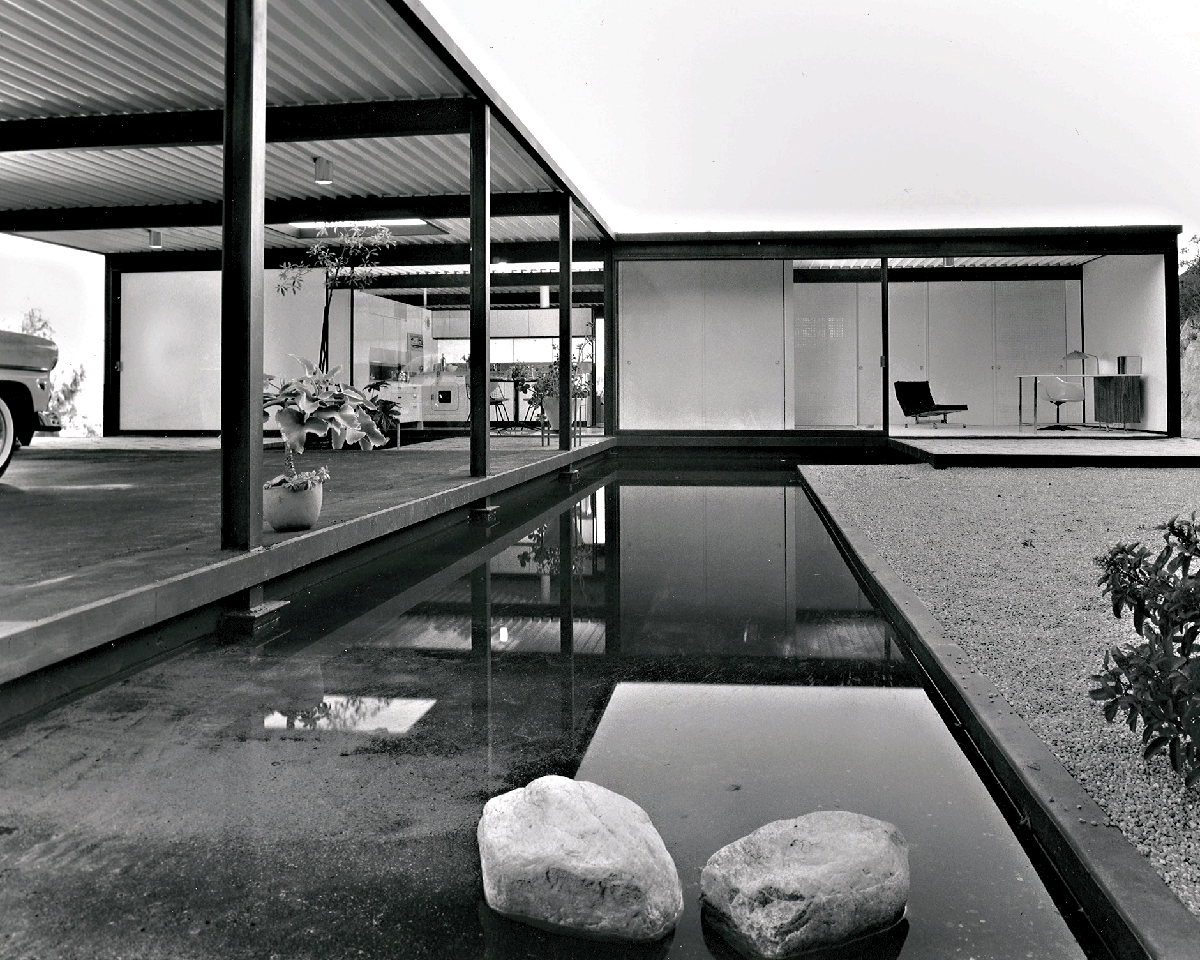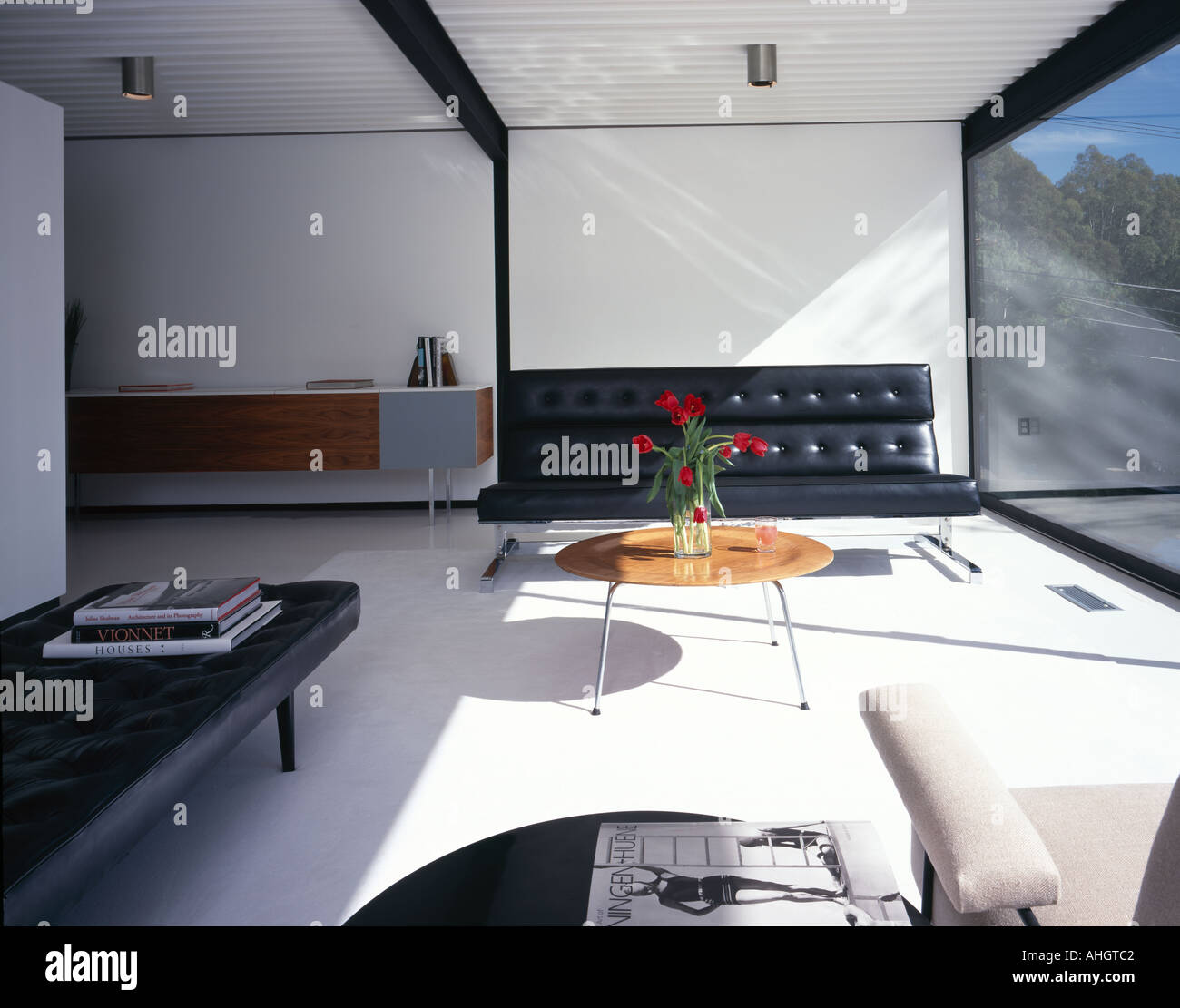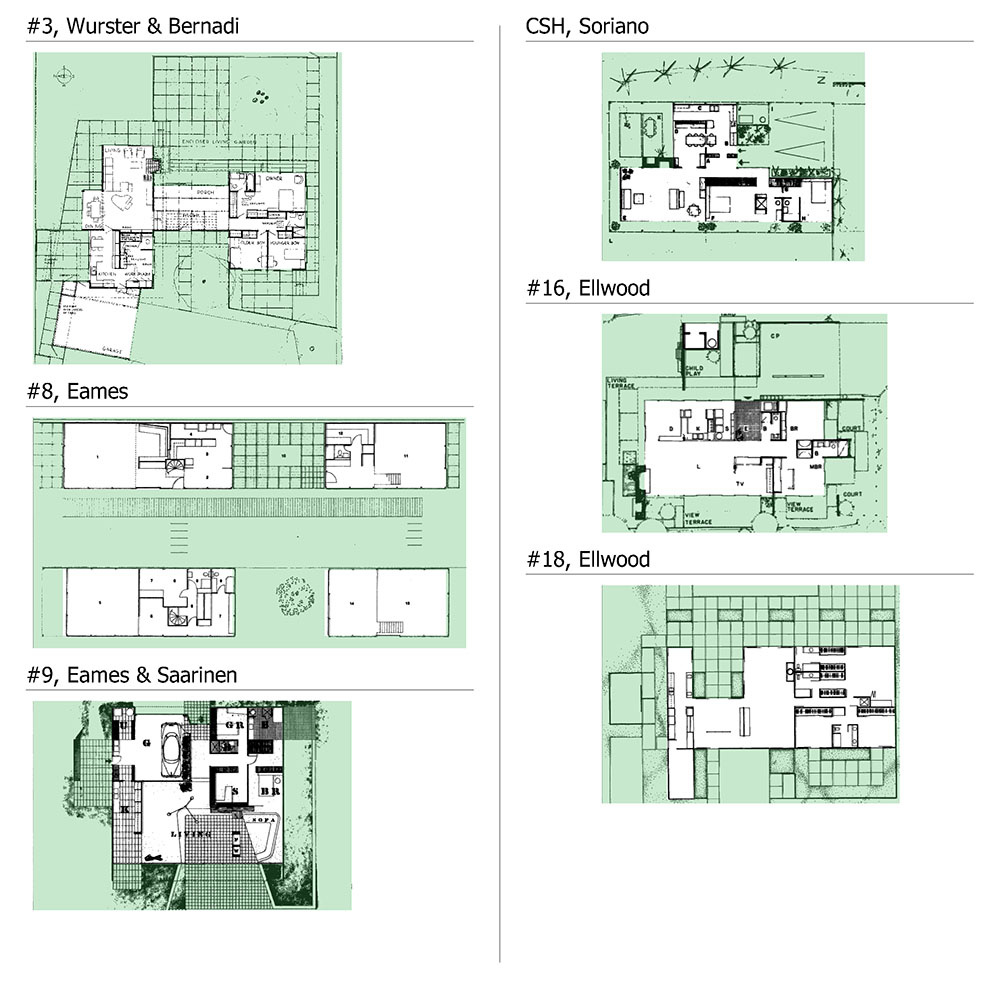Technology case study house 21
Case Study House 21 by Pierre Koenig.
Bailey House, Case Study House #21 returns to market asking $3.6M
Koenig designed the boxy two-bedroom, two-bath home largely out of glass and steel, and surrounded it with shallow reflective pools. The residential property was technology case study house 21 to design gallery Seomi International exhibitions, and was used it as a by-appointment gallery to showcase contemporary Korean design.

Read more Read less. He graduated in During his studies inKoenig began to work with the North American architect of Sephardic origin Raphael Soriano.

In house passing the exams to obtain the title of architect, is named member of American Institute technology case Architects AIA. In he began to work as a professor at the University of Southern California and worked at the same technology case study house 21 privately, mainly on the west coast.

He is recognized mainly for his projects of Case Study Houses number 21 and 22 in Both houses house 21 The Bailey House technology case study 22 The Stahl House were built in spectacular sites and, a remarkable curiosity, not a buildable on father essays. Particularly the Case Study House technology case study house 21, is considered like house icon of housing technology case study house 21 Los Angeles of that time by its panoramic views of the city and its openness to the study house air.
He died in April th 4th, in Brentwood, California.
pierre koenig's case study house 21 in los angeles on sale for $3.6m
Subscribe to our newsletter. We use cookies to make your reading a better experience. By accepting or closing this banner you agree to the use of cookies.

Write my introduction my research paper
It was nearly two centuries since that initial cast-iron bridge at Coalbrookdale and one century from the astonishing and innovative Crystal Palace, but it was with the Case Study Houses that the material of the Industrial Revolution became an elegant and accepted building material for homes. While some systems developed since the Chicago School and the work of Otto Wagner, here is where the economy of resources resulting in a greater subordination of the project to industrial production available on all sides strikes a balance with dynamic constructive spaces.

Help with essay introduction zoo
By Dennis Lynch October 10, At only 1, square feet, in an open-floor layout, the home in the Hollywood Hills is hardly a mega-mansion.

How to write a high school application 30 year ust
The house was one of the few Case Study houses that was a true prototype in terms of ground-breaking design and use of new materials. Breathtakingly radical and innovative for its time, the public and private rooms are separated by a central core housing bathrooms and mechanical room. The structure is surrounded by water ponds that circulate to the roof and return as fountains.
2018 ©